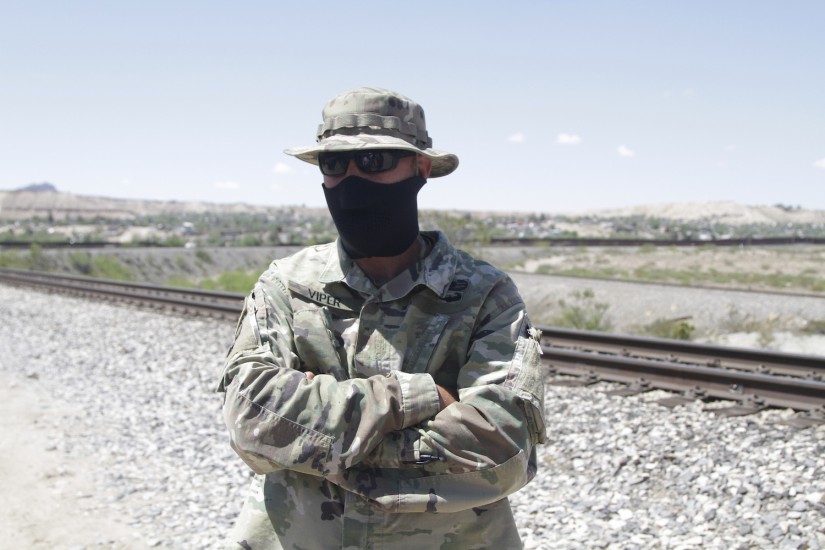America’s obsession with militias dates back to colonial times. As early as 1705, slave patrols tasked with capturing and returning escaped slaves were mandatory in colonies like Virginia. These militias were necessarily armed. White men were required by law to carry guns to school, work, and church. Virginia and Massachusetts even once required every household to possess a firearm and a certain amount of ammunition. As the institution of slavery proliferated and the number of slaves expanded, so too did armed white vigilantism. This antebellum institution culminated in the passage of the Fugitive Slave Act of 1850, which forcibly compelled citizens to assist, by force if necessary, in capturing runaway slaves.
At the close of the Civil War, in 1867, Congress suddenly outlawed Southern militias. But by then, militia culture, and its violent, hetero-patriarchal brand of viperine hatred formed an integral part of white Southern culture. In fact, the federal law proved so controversial that Congress revoked it barely a year later. Militia culture lived on, mounting on full display in the anti-reconstructionist movements and the rise of white vigilante groups like the infamous Ku Klux Klan and the lesser-known White League, which terrorized black communities and executed black militiamen who sought to exercise the same rights. In his vigorous dissent to Scalia’s opinion in Heller, Justice Stevens recounted the macabre tale of Jim Williams. Williams, a Freedman and captain of a Black-led South Carolina “militia company,” met a grisly fate in March of 1871 when six KKK members lynched and shot him for exercising his Second Amendment rights. The right to a militia has always meant the right to a white militia.
Not satisfied with subjugating merely Blacks in its quest for total racial dominance, the United States actively encouraged militias to forcibly remove and, if necessary, exterminate entire Native American tribes. The chief architects of this plan included Andrew Jackson. Before his ascent to the Presidency in 1829, Jackson had led a militia comprised of more than 2,500 West Tennesseans. During the Creek War, the Tennessee legislature charged him and his militia to “exterminate the Creek Nation,” a task for which Jackson was handsomely rewarded. Over his two terms as President, Jackson ordered federal troops to systematically steal upwards of 20 million acres of land from Native Americans, killing thousands in the process. Meanwhile, Congress legalized these genocidal and expropriatory missions by ratifying the Indian Removal Act of 1830 and supporting massacres like the Trail of Tears, which remains perhaps this nation’s most crystalline depiction of ethnic cleansing. Once again, the government found allies in settler militias, armed vigilantes, and bellicose opportunists who seized the chance to enrich themselves at the expense of the destruction and control of Native communities.
